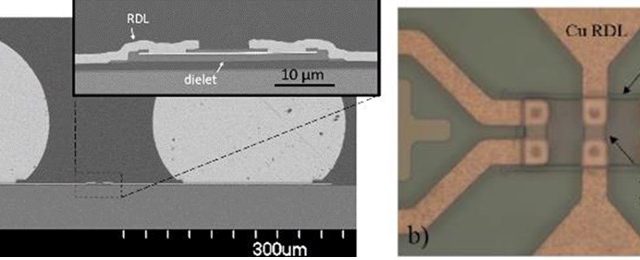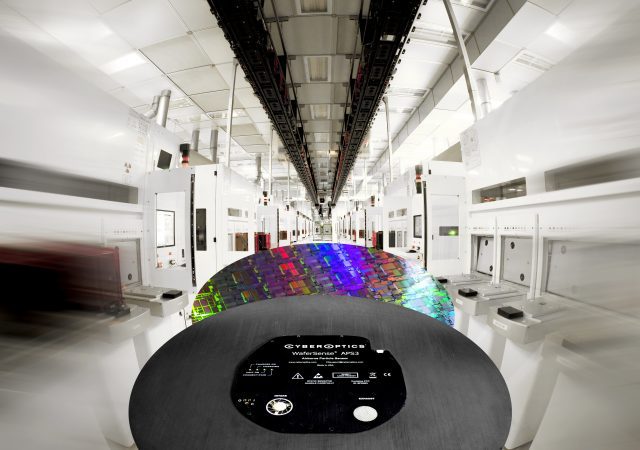Autonomous driving systems are extremely complex; they tightly integrate many technologies, including sensing, localization, perception, decision making, as well as the smooth interactions with cloud platforms for high-definition (HD) map generation and data storage.
3 Ways Wide-Bandgap Semiconductors Improve Electric Vehicle Performance
Engineers continually look for feasible ways to improve electric vehicles (EVs) as they become more in-demand. One increasingly frequent approach is to use wide-bandgap semiconductors in their design. Here are some compelling examples of how these components improve EV performance.
Panel-Level Heterogeneous Integration Technology for Analog ICs
Micro-transfer printing, a massively parallel pick-and-place process, may be used to produce HI analog ICs comprised of large arrays of ultra-thin separately manufactured components interconnected using redistribution layer technology.
Time-Resolved, In-Line Airborne Particle Sensing
IPS and wireless wafer/reticle format counters can detect particulate contamination events exactly when and where they occur, with results available in real-time, or stored for later analysis.
How Can a Digital Twin Help Semiconductor Systems Design?
A digital twin is a virtual, extremely detailed version of a physical asset. People create them as single components and all the way up to entire factories. Doing so can let them see the impact of certain decisions before moving ahead with them in real life.
Emerging Vacuum Challenges Posed by New Materials and Cluster Tool Architectures
New processes and materials pose many challenges for supporting vacuum equipment. Intelligent design choices can address these challenges.
North American Semiconductor Equipment Industry Posts July 2021 Billings
North America-based semiconductor equipment manufacturers posted $3.86 billion in billings worldwide in July 2021. The billings figure is 4.5% higher than final June 2021 billings of $3.69 billion and 49.8% higher than July 2020 billings of $2.57 billion.
Semiconductor Packaging Market to Reach $60.44B by 2030
A new report predicts that the global semiconductor packaging market will reach $60.44 billion by 2030 from $27.10 billion in 2020, growing at a CAGR of 9.10% from 2021 to 2030.
Getting the Most Out of Your System
In an article published in the June/July issue of Semiconductor Digest, imec researchers introduce a unique simulation framework. This helps designers manage the complexity of performing cross-‘world’ optimizations – in order to enable the grand applications of the future.
New Insight into Two Widely Accepted Forms of Deep Learning
Experts at BrainChip offered new insights and considerations for the use of transfer learning and incremental learning in edge AI/IoT environments.




